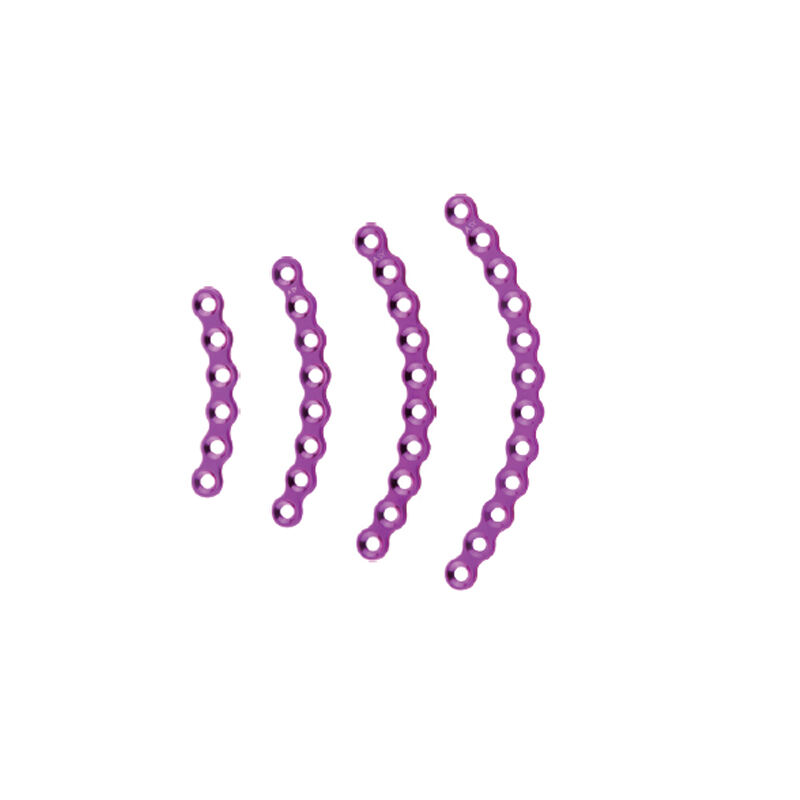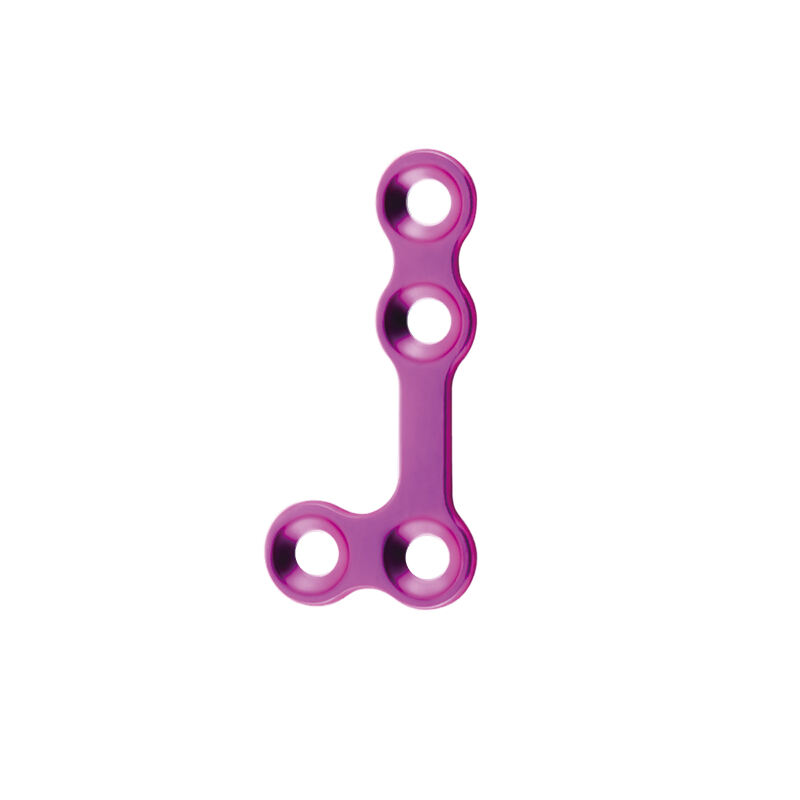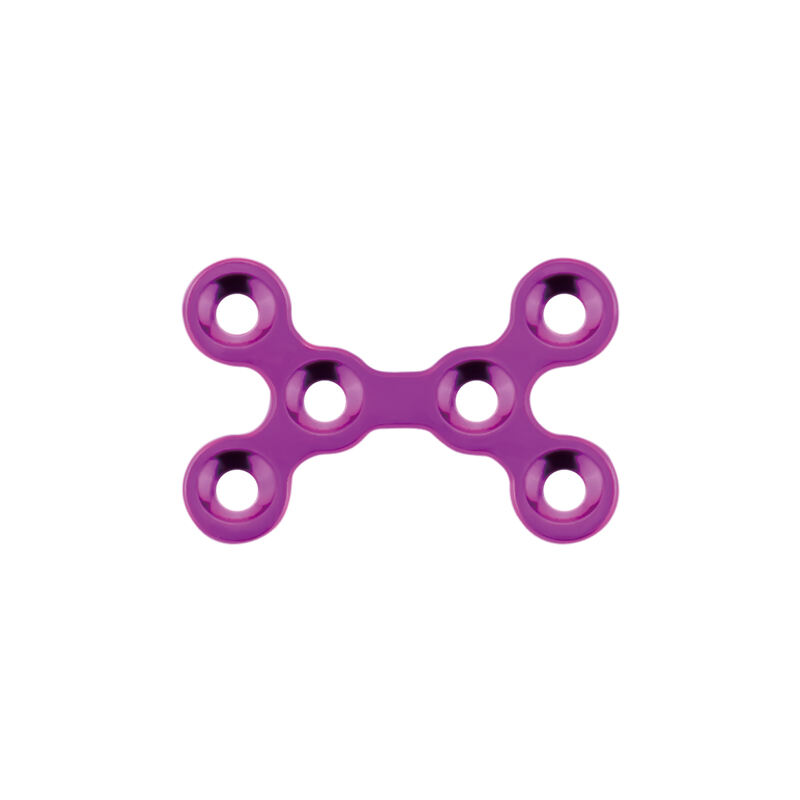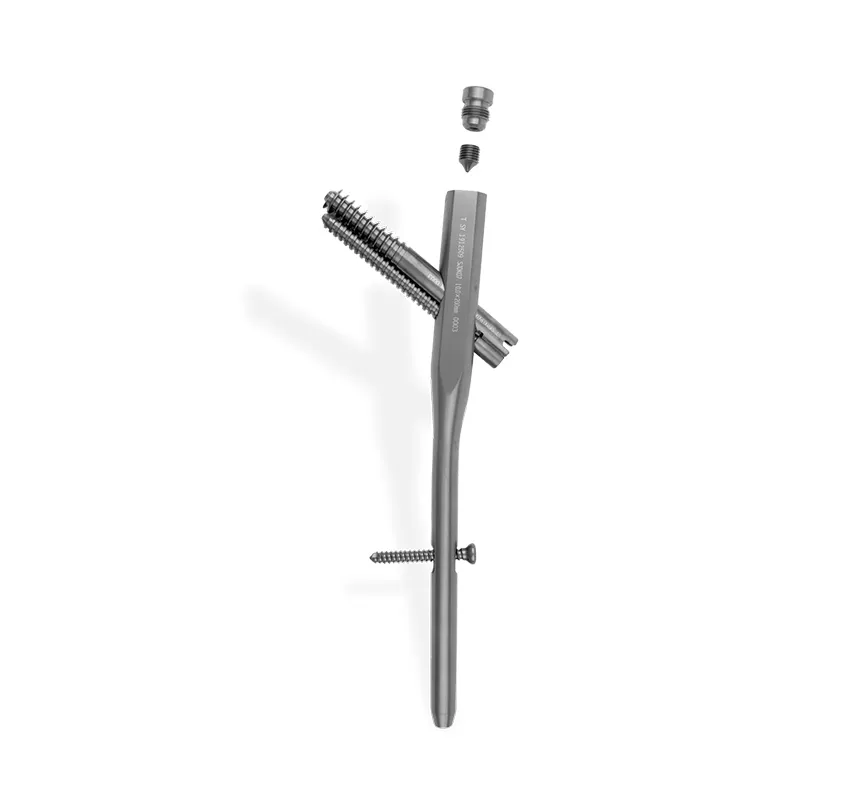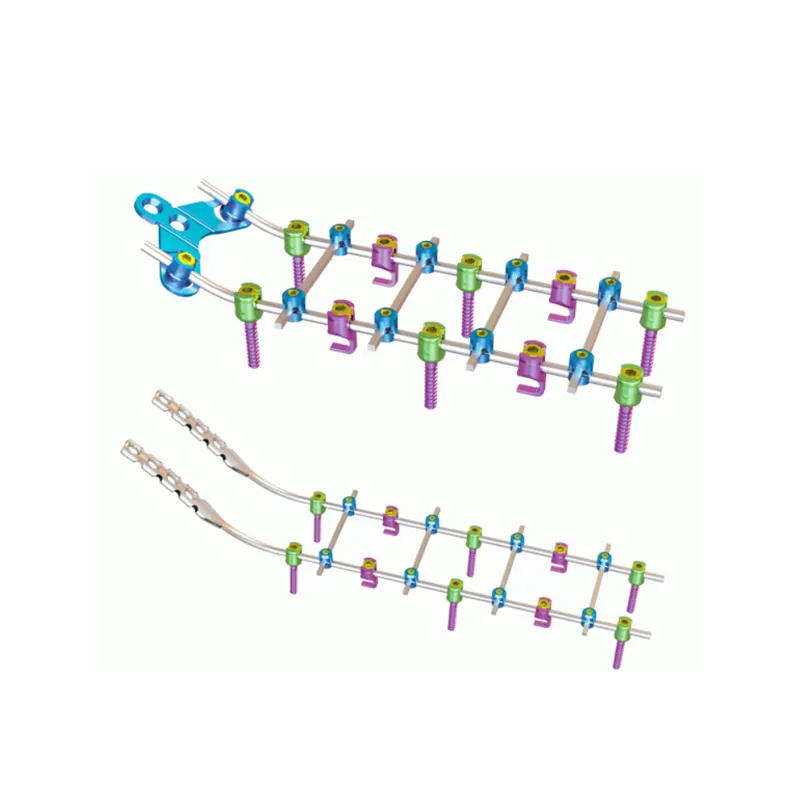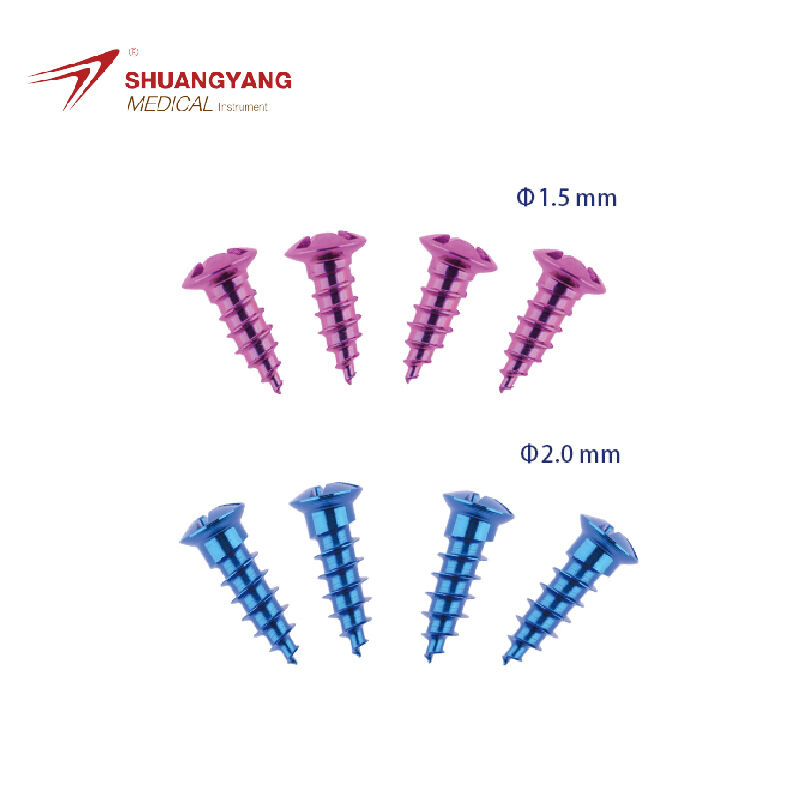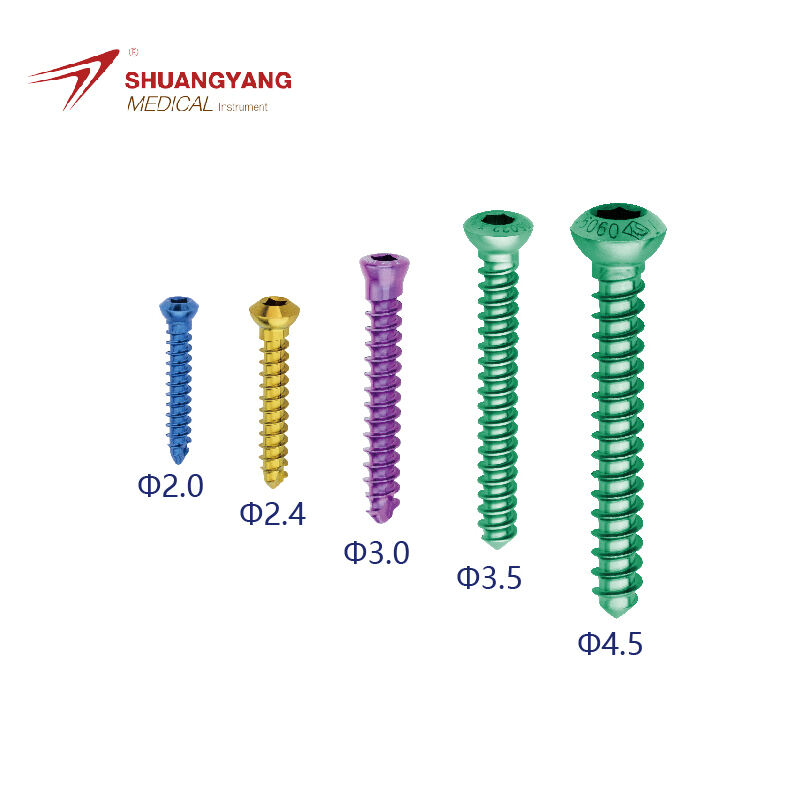locking plate and screw
The locking plate and screw system is a revolutionary orthopedic implant designed to repair bone fractures. Its main function is to stabilize the bone by holding the fractured pieces together, allowing for proper healing. Technological features include a low-profile design, made from biocompatible materials that minimize the risk of infection and promote osseointegration. This system incorporates self-tapping screws that secure the plate to the bone with precision, ensuring maximum stability. Applications of the locking plate and screw are widespread, ranging from simple fractures to complex reconstructive surgeries, across various parts of the body including the limbs, spine, and pelvis.
 EN
EN
 FR
FR
 ES
ES
 AR
AR


